tutorial, commentary, study resources, and web links
The War of the Worlds (1897) was the fourth of the novels which catapulted H.G. Wells to fame as a writer of science fiction during the last decade of the nineteenth century. The idea for the story was given to him by his brother Frank, and it was one of the first stories to feature conflict between mankind on earth and extraterrestrial beings. Like his other science fiction novels The Time Machine (1888), The Island of Dr Moreau (1896), and The Invisible Man (1897) it explores a single, original idea in a simple narrative that is backed up with a pseudo-scientific rationale. The book has remained in print ever since its first publication over one hundred years ago.
The War of the Worlds – a note on the text
The novel first appeared as an illustrated monthly serial in Pearson’s Magazine and simultaneously in New York Cosmopolitan magazine between April and December 1897. Early in the following year two pirated versions began to appear in New York and Boston newspapers with the locations of the action changed so that the Martian invasion was directed at the American city concerned. The story first appeared in single volume novel format published by William Heinemann in London and Harpers in New York in 1898. For a full account of its publishing history and revisions to subsequent editions, see the note by Patrick Parrinder in the Penguin Classics edition (2005)
The War of the Worlds – critical commentary
H.G. Wells was certainly not short of memorable ideas at the start of his writing career – The Time Machine (1895), The Island of Doctor Moreau (1896), The Invisible Man (1897), and The First Men in the Moon (1901) have retained their popularity ever since they first appeared. These works have passed into general cultural consciousness, aided by their adaptations for other forms of media such as film, television, and comic books.
The War of the Worlds is no exception to this cross-media adaptation. Most famously, it was produced as a documentary-style radio play by Orson Welles in 1938, and such was the authenticity of the production (and the credulity of the American listening public) that it caused wholesale panic. People actually believed Martians had invaded the eastern seaboard of the USA, to which area the locations had been changed.
After these early successes with novels he himself called ‘scientific romances’, Wells became quite famous, and his opinions on science, technology, and politics were taken quite seriously. Following the influence of modernist writers such as James Joyce, D.H. Larence, and Virginia Woolf, his reputation declined and since the end of the twentieth century it has never risen again above that of a popular minor writer.
The prophetic element
Despite all the Boys Own Adventure elements of the novel and the creepy monsters from outer space that have become the stock-in-trade of science fiction, there is one element of the novel in which Wells excels himself. That is the amazingly prophetic way in which he writes about mechanised warfare and and creates scenes which were to become commonplace less than two decades after the publication of the novel.
The descriptions of devastation following the Martians’ initial attacks are amazingly prescient. of the images of carnage and obliteration which resulted from trench warfare in Flanders from 1914 to 1918.
In one night the valley had become a valley of ashes. The fires had dwindled now. Where flames had been there were now streamers of smoke; but the countless ruins of shattered and gutted houses and blasted and blackened trees that the night had hidden stood out now gaunt and terrible in the pitiless light of dawn. .. Never before in the history of warfare had destruction been so indiscriminate and universal.
Moreover the Martians fight with the very weapon that seems to sumarize the barbarity and unthinking inhumanity of the first world war – poison gas. Their use of the Heat-Ray also features very prophetically as what we now call laser beams. And just to give Wells a further accolade for predicting the future, the evacuation of refugees on the eastern coast could be a description of the spirit and the physical conditions of the Dunkirk evacuations of 1940:
For after the sailors could no longer come up the Thames, they came up onto the Essex coast, to Harwich and Walton and Clacton, and afterwards to Foulness and and Shoebury, to bring off the people. They lay in a great sickle-shaped curve that vanished into mist somewhere towards the Naze. Close inshore was a multitude of fishing smacks – English, Scotch, French, Dutch and Swedish; steam launches from the Thames, yachts, electric boats, , and beyond were ships of large burden, a multitude of filthy colliers, trim merchantmen, cattle-ships passenger boats, petroleum tanks, ocean tramps an old white transport even, neat white and grey liners from Southampton … A dense swarm of boats chaffering with the people on the beach, a swarm which extended up the Blackwater almost to Maldon.
The novel also touches on issues of evolutionary biology raised in Wells’ notion that the Martians are overcome not by mechanical force but by their vulnerability to disease from which the human beings have become immune as part of their history in the evolutionary process. This is a positive and realistic piece of social philosophy which Wells summarises in an almost Biblically succinct expression.
By the toll of a billion deaths man has bought his birthright of the earth, and it is his against all comers; it would still be his were the Martians ten times as mighty as they are. For neither do men live nor die in vain.
The War of the Worlds – study resources
![]() The War of the Worlds – Penguin Classics – Amazon UK
The War of the Worlds – Penguin Classics – Amazon UK
![]() The War of the Worlds – Penguin Classics – Amazon US
The War of the Worlds – Penguin Classics – Amazon US
![]() H.G. Wells Classic Collection – five novels – Amazon UK
H.G. Wells Classic Collection – five novels – Amazon UK
![]() H.G. Wells Biography – Amazon UK
H.G. Wells Biography – Amazon UK
![]() The War of the Worlds – DVD movie adaptation- Amazon UK
The War of the Worlds – DVD movie adaptation- Amazon UK
The War of the Worlds – chapter summaries
Book I – The Coming of the Martians
1. An un-named narrator speculates that the cosmological development of the planet Mars makes it probable that its inhabitants would have justifiable grounds for invading a nearby planet. With his colleague the astronomer Ogilvy he observes astronomical activity and watches gaseous projections heading towards earth.
2. Some time later what seems to be a large meteorite lands near Woking. Ogilvy inspects it and finds a huge metal cylinder with sounds of activity inside. He alerts journalist Henderson, but on returning to the pit the object has made they find nothing new.
3. The narrator then visits the site. He believes that there are men on Mars but thinks the cylinder (the Thing) will contain objects. Following newspaper reports of ‘A Message from Mars’ Ogilvy and the Astronomer Royal inspect the site.
4. An inquisitive crowd gathers. The cylinder opens and the first Martian emerges – a leathery bear-like creature with tentacles. The narrator recoils in horror and disgust.
5. The narrator feels a fascinated horror for the pit in which the cylinder lies. A deputation arrives waving a white flag. A ‘heat-ray’ emerges from the cylinder and exterminates everything before it.
6. The heat-ray attack causes panic amongst the spectators. Some people are trampled to death in the confusion.
7. The narrator escapes and goes home, convincing himself that everything is normal again. He thinks that increased gravity and the presence of more oxygen on Earth will slow down the Martians.
8. Life beyond a small radius round these events goes on as normal, but back at the cylinder the Martians are busy preparing for the next phase of their attack, and they kill anyone who comes near. A second cylinder arrives in the region.
9. Next day the cylinder has been surrounded by troops from a nearby barracks.. Heavy shelling breaks out in the evening.. The narrator evacuates his home and leaves with his wife and servant to stay with relatives.
10. The narrator returns home alone at night. A third cylinder lands during a storm, and he sees a giant tripod emerge from it. He arrives back home during a thunderstorm.
11. From his study window he observes the whole countryside on fire. A soldier arrives and relates details of the fight against the mechanised tripods and heat rays, which have defeated the soldiers completely.
12. The-narrator and the artilleryman decide to move towards London. They encounter people being evacuated by the military. The army attacks, and one mechanised tripod is hit, collapsing into the river. Other Martian machines arrive to rescue it.
13. The. Martians retrench, and the narrator drifts in a boat downstream. He meets a clergyman whose whose religious convictions have been shattered by the sudden attacks and devastation.
14. In central London there are incomplete and misleadingly tepid reports of events in the newspapers. Over-optimistic proclamations are issued. South-Western train services are disrupted. Heavy deployments of troops are organised. By the following morning there is mass panic.
15. The Martians attack again. One is damaged, but repairs itself. The narrator sees the Martian firing poisoned gas out of black tubes. A further cylinder lands.
16. In central London there is a mass exodus heading north and east. The narrator’s brother steals a bicycle and heads towards Chelmsford. He rescues two women in a pony and trap, and they decide to head for Harwich . People all round them are desperate and are trampled under foot.
17. The following day the Martians reach central London. Further cylinders arrive from space. The narrator’s brother reaches the coast and secures passage on a boat going to Ostend. There is a sea battle in which three Martian tripods are beaten off by an ironclad torpedo ram
Book Two – The Earth Under the Martians
1. The narrator is hiding from the black gas in a house with the clergyman They are making their way towardds London amidst destruction, dead horses, and human corpses. They encounter a Martian which is ‘collecting’ live human beings. They hide in a house in Mortlake which is struck and destroyed by the arrival of another cylinder
2. From his place of hiding the narrator observes the Martians. They compose largely a huge head, with tentacles acting as hands. They do not eat, but ingest blood directly from other creatures. They do not sleep, and reproduce sexlessly. They do not wear clothes, and have no knowledge of the wheel.
3. The clergyman is selfish, greedy, and morally spineless. The Martian machines begin making aluminium tubes.. They then bring human beings into the pit and kill them for their blood.
4. The curate loses control and is in conflict with the narrator, who knocks him unconscious. When a Martian invades the house he takes away the curate. The narrator lives in fear, hiding in the house .
5. He stays in the house for several days without food, then realises that the Martians are no longer outside. The pit is littered with the bodies of their victims. All around are scenes of devastation.
6. The whole of south-west London is covered by the Red Weed, but this gradually succumbs to a disease. and leaves behind nothing but rotting debris. The narrator moves on amongst total desolation.
7. On Putney Heath he meets the artillery man again, who reports that the Martians have been making flying machines. The soldier takes the view that humanity is currently beaten, and proposes to establish a desperate band of resisters to keep the human race and its knowledge alive – living in underground sewers and railway tunnels. They retire to his hide-out, where he is digging a secret escape route. But the grandiose plans for disciplined resistance suddenly evaporate, and he organises a grand dinner with Champagne and cigars. The narrator is disillusioned, and decides to push on into London.
8. The narrator finds the streets of London empty except for the occasional dead body. But he comes across Martian tripods and handling machines that are out of action. He realises that the Martians are dead and have been killed by the diseases and bacteria they have ingested from the blood of their victims to which humans have become immune during their evolution.
9. Realising that London has been saved, the narrator has a mental breakdown for a few days, then returns to his own house in Woking – where he is reunited with his wife.
The Epilogue. The narrator speculates on the lessons that have been learned from the invasion. It is possible that another attack could take place, and lessons in terrestrial humility should be learned. It is also possible that at some future date people from the Earth will need to travel to other planets in order to survive.
The War of the Worlds – further reading
Bernard Bergonzi, The Early H.G. Wells, Manchester: Manchester University Press, 1961.
Michael Draper, H.G. Wells, London: Macmillan, 1987.
John Hammond, An H.G. Wells Companion, London: Macmillan, 1979.
Roslynn D. Haynes, H.G. Wells: Discoverer of the Future, London: Macmillan, 1980.
John Huntington, The Logic of Fantasy: H.G. Wells and Science Fiction, New York: Columbia University Press, 1982.
Brian Murray, H. G. Wells, New York: Continuum, 1990.
Patrick Parrinder, H.G. Wells: The Critical Heritage, London: Routledge, 1972.
Patrick Parrinder, Shadows of the Future: H. G. Wells, Science Fiction and Prophecy, Liverpool: Liverpool University Press, 1995.
More science fiction by H.G. Wells
![]() The Time Machine (1895) – Penguin Classics – Amazon UK
The Time Machine (1895) – Penguin Classics – Amazon UK
![]() The Invisible Man (1897) – Penguin Classics – Amazon UK
The Invisible Man (1897) – Penguin Classics – Amazon UK
![]() The Island of Doctor Moreau (1896) – Penguin Classics – Amazon UK
The Island of Doctor Moreau (1896) – Penguin Classics – Amazon UK
![]() The Wheels of Chance (1896) – Penguin Classics – Amazon UK
The Wheels of Chance (1896) – Penguin Classics – Amazon UK
![]() The First Men in the Moon (1901) – Penguin Classics – Amazon UK
The First Men in the Moon (1901) – Penguin Classics – Amazon UK
![]() The Shape of Things to Come (1933) – Penguin Classics – Amazon UK
The Shape of Things to Come (1933) – Penguin Classics – Amazon UK
© Roy Johnson 2016
More on H.G. Wells
More on literature
More on the novella
More on literary studies
More on short stories
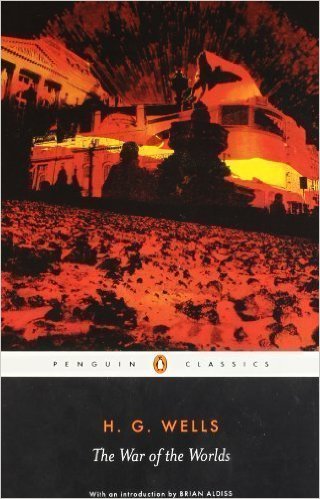
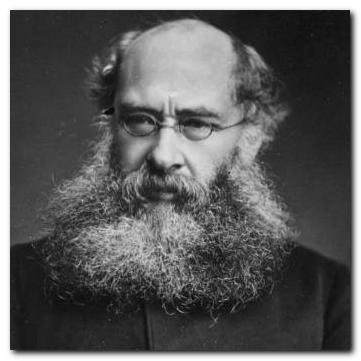
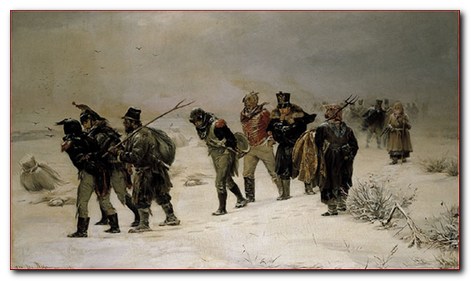

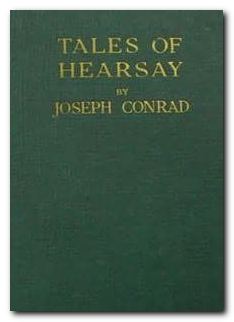
 The Cambridge Companion to Joseph Conrad offers a series of essays by leading Conrad scholars aimed at both students and the general reader. There’s a chronology and overview of Conrad’s life, then chapters that explore significant issues in his major writings, and deal in depth with individual works. These are followed by discussions of the special nature of Conrad’s narrative techniques, his complex relationships with late-Victorian imperialism and with literary Modernism, and his influence on other writers and artists. Each essay provides guidance to further reading, and a concluding chapter surveys the body of Conrad criticism.
The Cambridge Companion to Joseph Conrad offers a series of essays by leading Conrad scholars aimed at both students and the general reader. There’s a chronology and overview of Conrad’s life, then chapters that explore significant issues in his major writings, and deal in depth with individual works. These are followed by discussions of the special nature of Conrad’s narrative techniques, his complex relationships with late-Victorian imperialism and with literary Modernism, and his influence on other writers and artists. Each essay provides guidance to further reading, and a concluding chapter surveys the body of Conrad criticism.
 Lord Jim
Lord Jim Heart of Darkness
Heart of Darkness

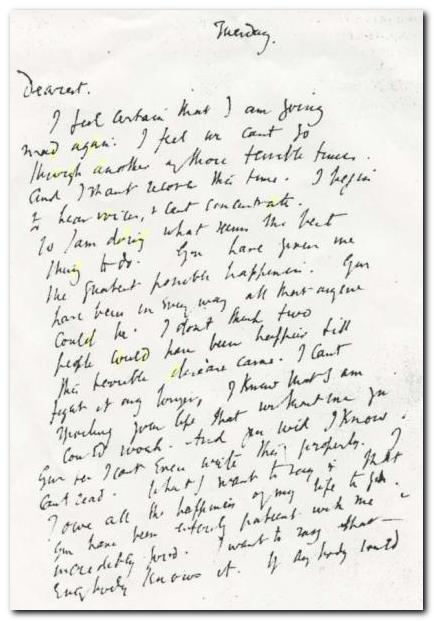
 To the Lighthouse
To the Lighthouse Orlando (1928) is one of her lesser-known novels, although it’s critical reputation has risen in recent years. It’s a delightful fantasy which features a character who changes sex part-way through the book – and lives from the sixteenth to the twentieth century. Using this device (which turns out to be strangely credible) Woolf explores issues of gender and identity as her hero-heroine moves through a variety of lives and personal adventures. Orlando starts out as an emissary to the Court of St James, lives through friendships with Swift and Alexander Pope, and ends up motoring through the west end of London on a shopping expedition in the 1920s. The character is loosely based on Vita Sackville-West, who at one time was Woolf’s lover. The novel itself was described by Nigel Nicolson (Sackville-West’s son) as ‘the longest and most charming love-letter in literature’.
Orlando (1928) is one of her lesser-known novels, although it’s critical reputation has risen in recent years. It’s a delightful fantasy which features a character who changes sex part-way through the book – and lives from the sixteenth to the twentieth century. Using this device (which turns out to be strangely credible) Woolf explores issues of gender and identity as her hero-heroine moves through a variety of lives and personal adventures. Orlando starts out as an emissary to the Court of St James, lives through friendships with Swift and Alexander Pope, and ends up motoring through the west end of London on a shopping expedition in the 1920s. The character is loosely based on Vita Sackville-West, who at one time was Woolf’s lover. The novel itself was described by Nigel Nicolson (Sackville-West’s son) as ‘the longest and most charming love-letter in literature’. Kew Gardens
Kew Gardens Virginia Woolf
Virginia Woolf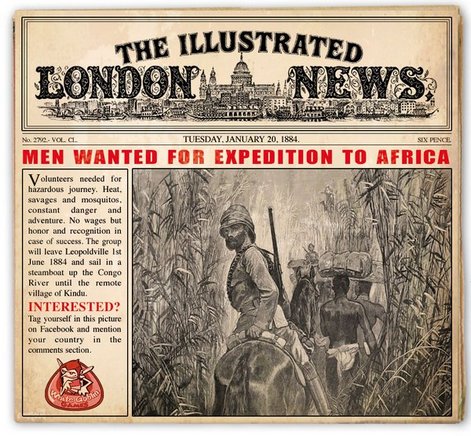
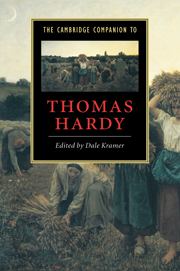
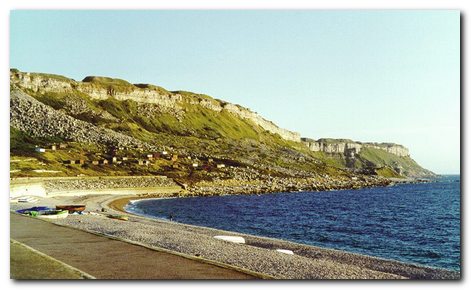
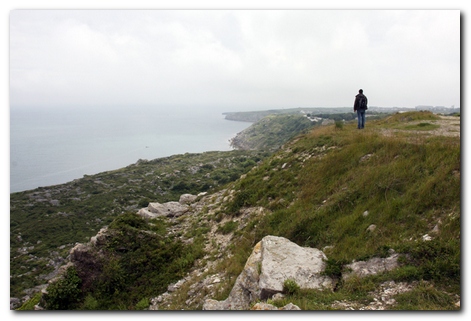
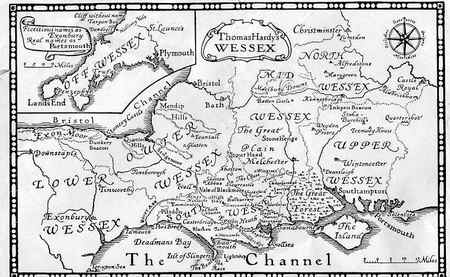

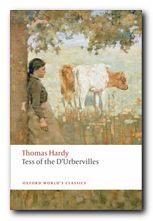 Tess of the d’Urbervilles
Tess of the d’Urbervilles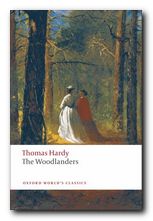 The Woodlanders
The Woodlanders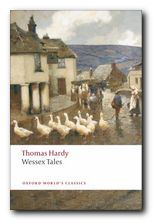 Wessex Tales
Wessex Tales


 Washington Square
Washington Square The Aspern Papers
The Aspern Papers The Spoils of Poynton
The Spoils of Poynton

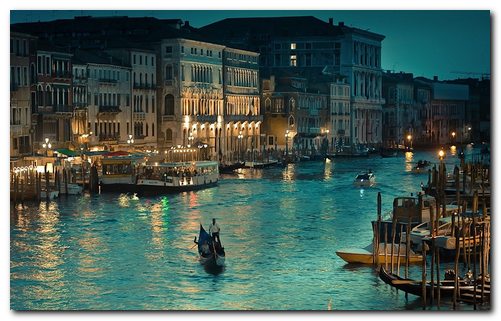
 With Kate as a companion, Milly goes to see an eminent physician, Sir Luke Strett, because she’s afraid that she is suffering from an incurable disease. The doctor is noncommittal but Milly fears the worst. Kate suspects that Milly is deathly ill. After the trip to America where he had met Milly, Densher returns to find the heiress in London. Kate wants Densher to pay as much attention as possible to Milly, though at first he doesn’t quite know why. Kate has been careful to conceal from Milly (and everybody else) that she and Densher are engaged.
With Kate as a companion, Milly goes to see an eminent physician, Sir Luke Strett, because she’s afraid that she is suffering from an incurable disease. The doctor is noncommittal but Milly fears the worst. Kate suspects that Milly is deathly ill. After the trip to America where he had met Milly, Densher returns to find the heiress in London. Kate wants Densher to pay as much attention as possible to Milly, though at first he doesn’t quite know why. Kate has been careful to conceal from Milly (and everybody else) that she and Densher are engaged. The Bostonians
The Bostonians What Masie Knew
What Masie Knew The Ambassadors
The Ambassadors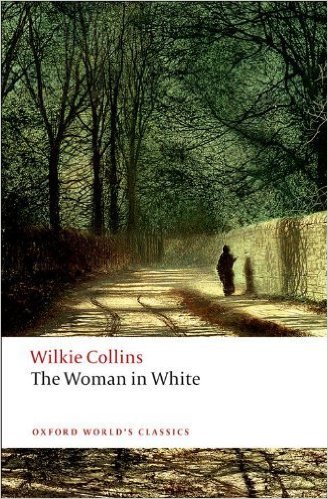
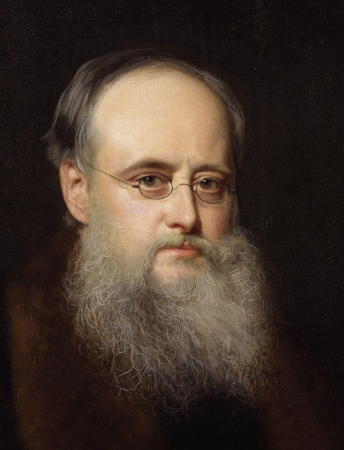

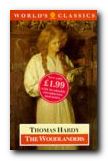 Chapter VIII. Grace visits Mrs Charmond in her gloomily placed house and makes a very good impression. Mrs Charmond invites her to be a traveling companion on her planned European tour. Meanwhile, Giles plants fir trees with Marty South.
Chapter VIII. Grace visits Mrs Charmond in her gloomily placed house and makes a very good impression. Mrs Charmond invites her to be a traveling companion on her planned European tour. Meanwhile, Giles plants fir trees with Marty South.